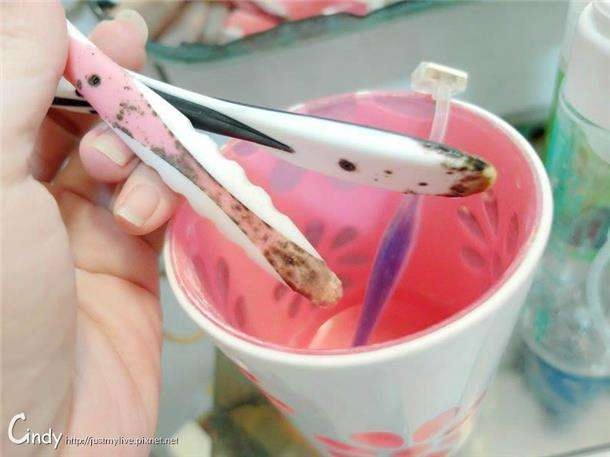Mildew, the word is now more common to Yue, more people talk about, Shanghai Ecolin as a professional mildew inhibitor manufacturers, this paper gives you Pu plus three ways of mite prevention.
At present, there are generally three ways to realize the anti-mite function of textiles. The first one is to add nanometer antibacterial and anti-mite particles during the melting spinning of fiber raw materials, so that the fiber itself has the anti-mite function, and no special treatment is needed in the later process. The second is to finish the fabric with antibacterial and anti-mite, so that the antibacterial and anti-mite agent is attached to the fabric. The third is that it does not need to add any chemical ingredients, relying on the density of the fabric itself, to prevent mites from penetrating the fabric, to achieve the purpose of mite prevention. These three methods have their own advantages and disadvantages, and their anti-mite effects are also very different.
The advantage of this method is that the fiber itself has antibacterial and anti-mite function, and the function will not decrease with the increase of washing times. Besides, the energy consumption of post-finishing process is eliminated and the energy cost is saved. The drawback is that this kind of method suits chemical fiber raw material only, is not applicable to natural fiber, and the raw material that most bedding uses at present is basically cotton or cotton blend is qualitative, and this kind of method is relatively high to technical requirement, at present the home still has no production.
It is a common method used by domestic fabric enterprises to finish the fabric after antibacterial and mite prevention. The advantage of this method is that the process is relatively simple, the effect of antibacterial and anti-mite is obvious, and it is not limited by the fabric material. The disadvantage is that after many times of washing, the function of anti-bacterial and anti-mite will be reduced.
The above methods can be collectively referred to as chemical mite prevention methods. Their common feature is that the fabric has repellent effect on mites, that is, mites can not stay on the surface of the fabric, and the fabric itself also has antibacterial function. This method is very suitable for people with severe allergic reactions to mites. Medical - grade anti-mite products are generally made using the above methods. The disadvantage of chemical anti-mite law is that the addition of chemicals, people will cast a question mark on its safety, even after the safety test, proved that there is no problem, it is difficult to completely eliminate the doubts of consumers.

Physical anti-mite method is a method that does not add any chemical substances and relies on the high density of the fabric to achieve the anti-mite effect. The advantage of this method is that the fabric is safe and reliable. Disadvantages are poor air permeability, fabric feel hard, tactility is not very good. In addition, because the anti-mite fabric itself has no repellent function for mites, mites will survive on the surface of the fabric, and mites may also enter the textile interior through the pinhole of the textile suture, so the anti-mite function is not as good as the chemical method.